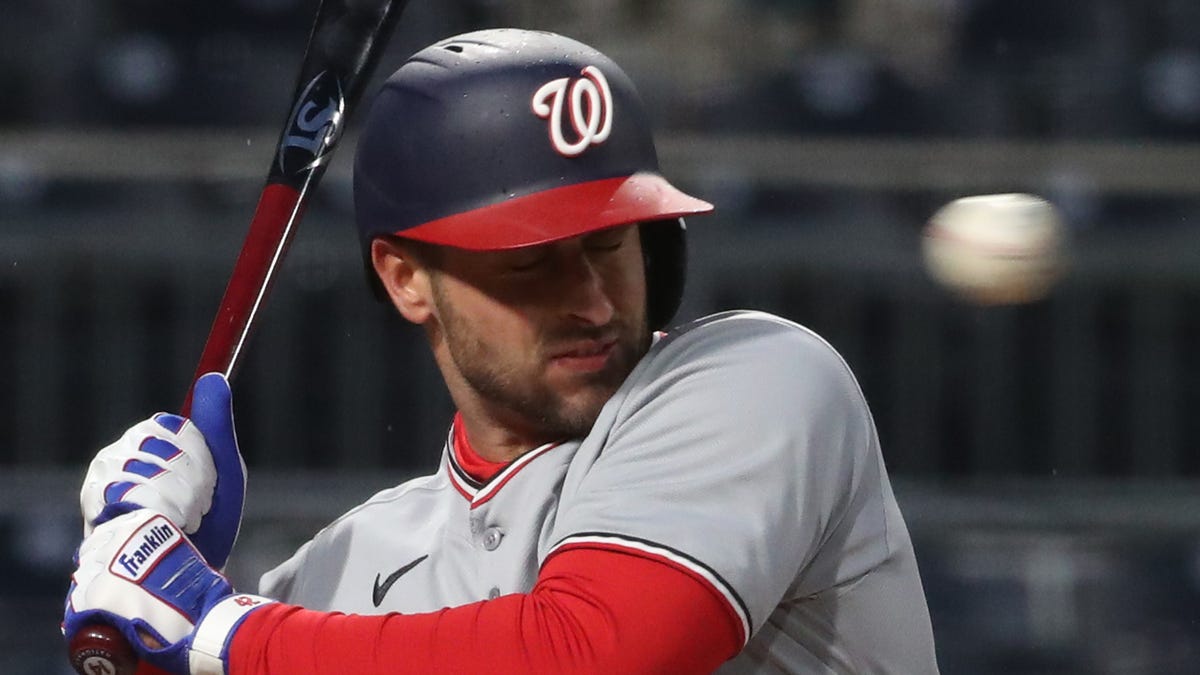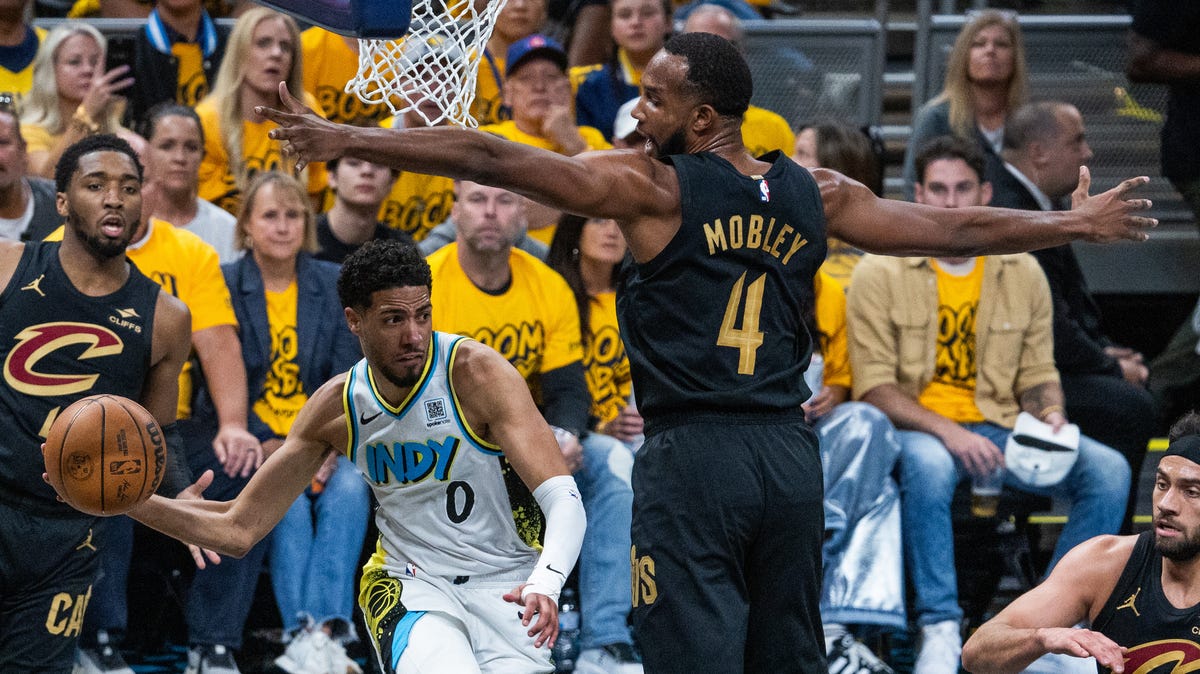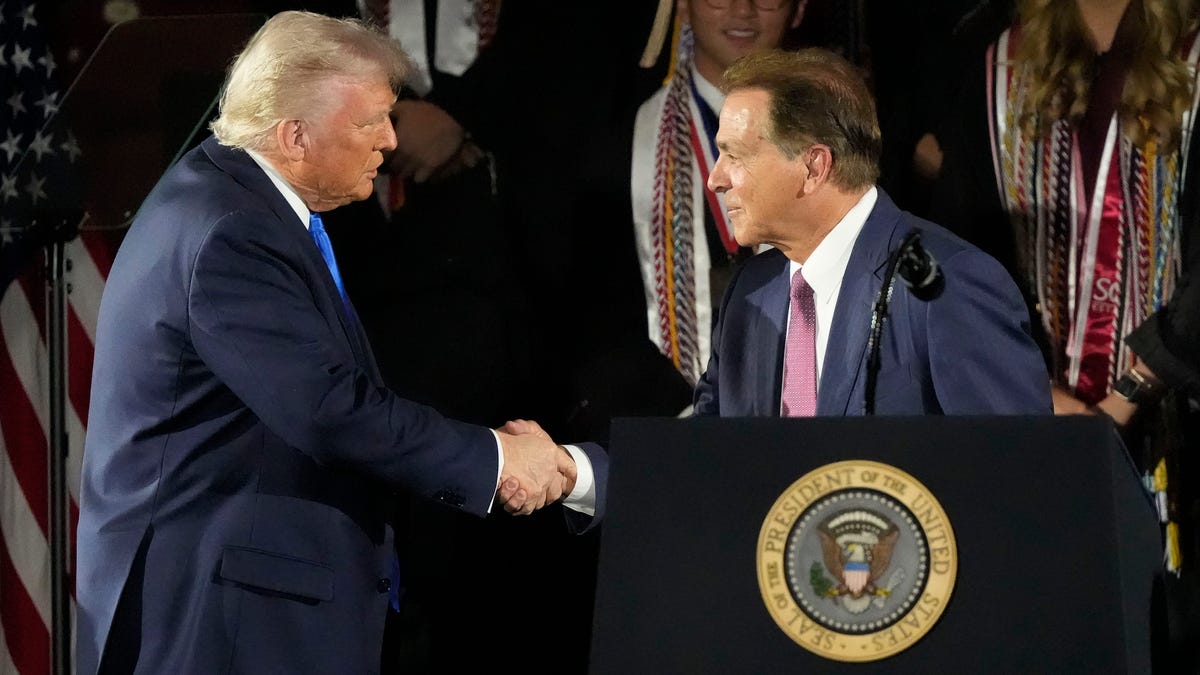
Women’s National Championship recap
USA TODAY’s Meghan Hall breaks down UConn’s win over South Carolina in the NCAA National Championship.
Sports Seriously
TAMPA, Florida — Once again, it’s the people who should most want to promote the women’s game who are holding it back.
For all the strides it’s made since the great weight room debacle of 2021, the NCAA is still short-changing the women. A TV contract that undervalues the women’s NCAA tournament. A format that undersells the fanbase and does a disservice to the “student-athletes.”
How many more times do the women need to prove themselves before the NCAA gets that this is not a passing fad?
“I don’t want to come across as somebody who is ungrateful or all that because I’ve benefited so much,” UConn coach Geno Auriemma said Saturday, a day before his Huskies won their 12th national title.
“But I do think that sometimes we are being held hostage by tradition. ‘This is the way we’ve always done it. It’s easy. It’s simple. It’s uncomplicated.’ But why? Why not go out there and look at what other people are doing and take their best practices?” Auriemma said. “Because it can make us money and it can put us at a higher profile.”
There is no question the NCAA is doing better by the women’s game than it was five years ago, finally assigning the tournament a monetary value and awarding teams “units” — financial compensation — for their participation.
But this is a low bar.
The NCAA could have sold the women’s tournament on its own last year, for far more than its current $65 million valuation. Instead, it agreed to a deal with ESPN that bundles women’s basketball with softball, volleyball, gymnastics, underwater basket weaving and any other championship there is.
Why? That’s an excellent question. The deal was signed before the boffo ratings for last year’s NCAA Tournament, when the women’s final outdrew the men for the first time. But interest and ratings were already trending upward, and the NCAA didn’t trust the women to keep it going.
And yet, ratings for the first two weekends of the women’s tournament were up 47% over 2023, the most accurate comp. The 4.1 million who turned in for UConn’s rout of UCLA in the Final Four on Friday night was down significantly from the Caitlin Clark era, but still the third-highest rated in the 30 years ESPN has been broadcasting the tournament.
Worse, the new deal is a long-term one, running through 2032. Now, you can look at the men’s TV deal and see that they’re both expiring in 2032 and wonder if the NCAA has a plan to package the tournaments together. But that’s no excuse for not giving the women their fair market value now.
“There are certain things that we need,” South Carolina coach Dawn Staley said. “Open up the negotiations for a new television deal would be nice. We need our own television deal so we can understand what our worth is.”
Speaking of worth, the NCAA has locked the women’s Final Four into basketball arenas through 2031 while the men will continue playing in domes. Watching a basketball game in a dome is a miserable experience, not ideal for players or fans. But when has that mattered?
On Sunday morning, the get-in price for a ticket to the women’s title game was $100 more than for the men’s championship. Yes, the Alamodome is bigger. A lot bigger. But that’s the point. The demand is there. Why not put the women’s Final Four in a dome, too, and at least see what happens?
Same for the regionals.
The NCAA went to a “super regional” format in 2023, hoping it would boost attendance and entice more cities to want to host. The format has some flaws — lack of enough practice venues, limited hotels for fans — but the biggest issue is the cities in which they’re held and the schedule.
Spokane, Washington, is lovely and does a great job of hosting NCAA events. Ditto for Birmingham, Alabama. But the tournament has outgrown cities of this size for the Sweet 16 and Elite Eight, and it needs to be accessible for more fans.
“What you’re saying when you have two regions is you don’t care if half the country can’t get to a game. Basically, that’s what you’re saying. But yeah, you want to grow the game. I mean, come on, it makes no sense,” Auriemma said. “If you ever had an administrator that ever coached or ever played in a Final Four or regional, and you realize what the limitations are in one gym with eight (teams), right? Yeah, but they don’t think that way. They don’t think that way.”
And you cannot expect women’s players to accept inconveniences that you do not ask of the men.
UConn played in the last Elite Eight game, with its win over USC in Spokane ending about 11:30 p.m. Eastern on Monday. The Huskies tipped off again about 9:30 p.m. Eastern on Friday. The last Elite Eight men’s game, meanwhile, wrapped up about 8 p.m. last Sunday and the first Final Four game wasn’t until 6 p.m. on Saturday.
Auburn, the last team in, just had to go from Atlanta to San Antonio, too. Not clear cross country like UConn did.
“One of the big differences in the way women’s basketball is run today and men’s basketball was run is that you have really true basketball people making basketball decisions on the men’s side,” Auriemma said.
“This isn’t sour grapes, because I don’t give a godd— where we play, when we play, who we play, what town, because we’ve done it and we still end up here,” he added. “So this isn’t about, you know, `Geno’s complaining.’ I’m not complaining about anything. I’m just telling you the student-athletes, their experience sucks compared to the men’s experience.”
Asked on Friday night about complaints from Auriemma and other high-profile coaches, NCAA president Charlie Baker said there isn’t much the organization can do because of its existing contracts.
“(The women’s basketball committee) will do a download at the end of the tournament and discuss what they think makes the most sense. If they believe there’s an option that would create the same fan and student-athlete experience. I’m sure they’ll take it into consideration,” Baker said.
They need to do more than that.
The Final Four is in Phoenix next year. Ask organizers to move it to State Farm Stadium. Ditto for 2028, when it’s in Indianapolis, another city with a dome. When the Final Four returns to the Alamodome in 2029, expanding capacity to what it will be for the men’s title game Monday night should be a no-brainer.
And you can’t tell me Jerry Jones wouldn’t throw open the doors to Jerry World when the Final Four returns to Dallas in 2031.
“We certainly have the players that can handle that profile and there’s going to be more of them coming along,” Auriemma said. “We don’t want to shortchange them. We don’t want to sell them short, you know?”
Change is hard, especially when there are decades of misogyny baked in. But if the people making decisions at the NCAA can’t see that they’re short-changing female athletes and themselves, they need to get out of the way and put someone in charge who does.
Follow USA TODAY Sports columnist Nancy Armour on social media @nrarmour.










